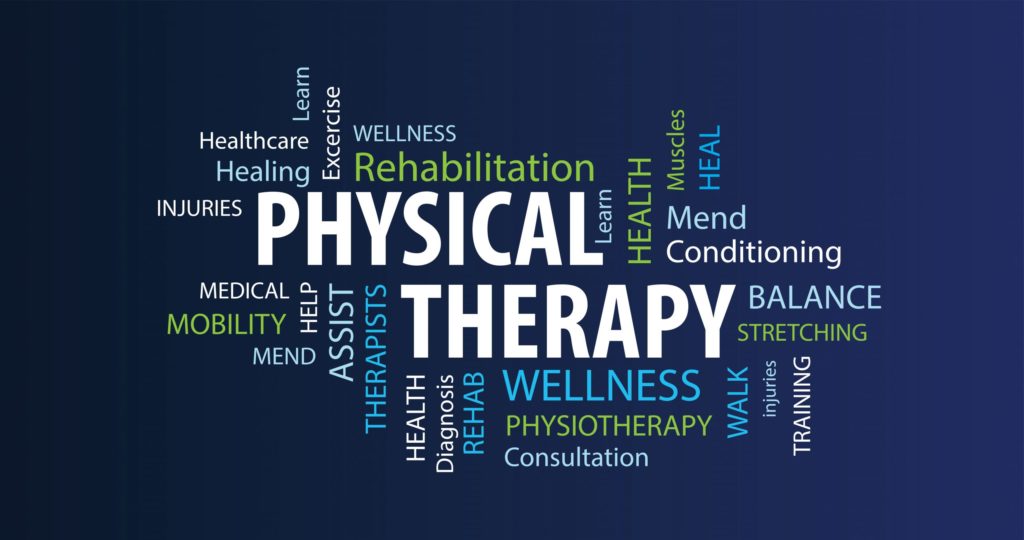It goes without saying that physical therapists (PTs) feel passionate about helping those in need, especially people experiencing pain and mobility dysfunctions. The nature of our job is spending one-on-one time with people in close contact. At this time, our passion and livelihood is being placed on hold due to the current global health crisis. Worse yet, the care that patients need is being placed on hold, causing further concern for the development of increased pain and/or progression of disabilities (it’s a negative feedback loop!). The idea of seeking PT first for various concerns, especially for low back pain, is taking a large step backwards on a national and global level in light of this crisis. The current Covid-19 pandemic, a major concern for all, but also a growing worry for PTs and other healthcare providers alike, is the anticipated increase in pain medication being prescribed in order to simply ‘get by.’ At it’s worst, this translates into one crisis piling on top of another crisis. According to Dr. Matos, an expert in biological surety and the management of select agent programs at federal facilities: “Physical therapists are essential in flattening the curve of the Covid-19 pandemic. They play a key role in keeping people they can help out of doctors’ offices and ER’s. This will not only free up the medical teams to treat those impacted by Covid-19, but also limit the exposure of those seeking the care of the physical therapist.” To that end, we will focus on telemedicine.
Online platforms have grown in popularity exponentially in recent weeks. At this point, most people have taken part in a work meeting, school lesson, or exercise class online (and, let’s be honest, half of which participants were still in their pajamas!). Telemedicine is no different. Only, we promise to fully change out of our pajamas and into our professional attire. At first glance, getting healthcare online might make one question the quality of care delivered. After all, it’s one thing to attend a virtual work meeting in your pajama bottoms but it’s a whole different thing to get medical care through a screen. However, it’s worth discussing the benefits of telemedicine because it’s the one thing we have available to us at the current moment and it has seemingly become the standard of care overnight. Prior to the Covid-19 crisis, many PT clients would admit that they waited for their pain and/or dysfunction to resolve itself, only to find out, the condition actually worsened because it wasn’t being addressed in proactive ways. We don’t want “hurry up and wait” to be the only option for people or the “new norm” for that matter. PTs are big fans of being proactive. We are proponents of care that is efficient, effective, and of the highest quality, no matter if the care is delivered in person or through an online portal. Here are a few other reasons that telemedicine can be considered just as useful and high quality as an in-person visit:
- Patient privacy. Your privacy is important to us and we honor all HIPAA rules and regulations in person and via telemedicine. Our chosen telemedicine platform, doxy.me, is through a HIPAA-compliant server and keeps all patient information private just as in-persons visits would.
- Insurance coverage. Given the high volume of clients who still need PT services in the U. S., lawmakers have cut through the red tape in order to facilitate insurance companies reimbursing for telehealth care. While the fine print is a bit different for each insurance plan (which can be discussed with your PT), this is considered a win for PT clinics and the clients they serve.
- One-on-one care. There are many things we can continue to assess and treat during a telemedicine visit. We can still assess what’s unique to the patient: posture, range of motion, balance, functional strength and mobility (ie, can you squat to pick an item up from the floor? Climb stairs? Carry your laundry? Lift your child?) just to name a few. We can help you get back on track with your home exercise program or get you started on one. Patient education is worth it’s weight in gold. Most patients only spend one hour per week or less with us in PT, so they need to be independent with their self-care and symptom management the other 167 hours in the week.
- Empowering the patient with pain education. There is strong evidence that supports the use of pain education to treat musculoskeletal pain. The literature supports patient empowerment to facilitate reduced disability, decreased pain catastrophization, and fear-avoidance as well as improved pain ratings, pain knowledge, attitudes/behaviors regarding pain, physical movement, and health care utilization (that last point should resonate with insurance companies and patients alike: less dollars spent on health care!). The evidence is there, and it’s growing.
- Compassion, empathy, and support. There is currently immense fear and uncertainty in the field of healthcare and in life. Being stuck at home with ongoing pain and/or dysfunction does not have to be the only answer. Addressing your symptoms and/or condition helps ‘control the controllables.’ PTs are famous for their genuine yearning to help people live their best lives. Rather than dwell on the constraints of the system and the circumstances, we choose to focus on our strengths and yours in order to help you get through this crisis without growing aches, pains, and mobility issues.
The moral of the telemedicine story is this: If you have a growing concern or if you are already work with a physical therapist, don’t let a crisis stop you in your tracks! There’s no need to wait for the problem to work itself out if there are proactive ways of managing said problem. Being stuck at home causes us to all cook, clean, do housework and yard projects more than ever before. If shoulder pain is preventing you from doing your yardwork or low back or knee pain is preventing you from going on your coveted daily walks, then give us a call! We’re ready and excited to employ a new way of providing healthcare. We hope to lead the effort in bringing humanity into telemedicine (and feel free to wear your most comfortable pajama bottoms – no judgements here!).






